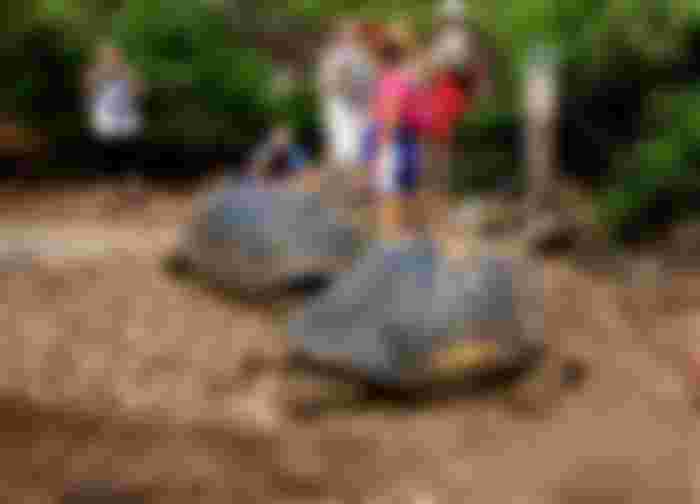Scientists have released into their natural habitat on San Cristobal, one of the large islands of the Ecuadorian Galapagos archipelago, 36 giant tortoises that have hatched and been raised in captivity.

The 36 tortoises Chelonoidis chathamensis, one of 15 subspecies of endemic Galapagos turtles, were released into the wild in the northeastern part of the island, where an estimated population of 6,700 individuals lives, the Galapagos National Park (PNG) announced.

"The scientific data we have on these turtles confirm that they are in good health with a good population structure that guarantees that they will survive," said PNG director Deni Rueda.
The International Union for Conservation of Nature (UICN) considers the tortoise Chelonoidis chathamensis an endangered species.
The turtles, aged six to eight and weighing between 3 and 5 kilograms, "went through a kind of quarantine and were then released into the wild," Rueda said.

Previously, scientists measured the temperature and heart rate of turtles, analyzed their blood and stool to rule out any disease or parasites before they were released into the wild.
In the last eight years, a total of 75 Chelonoidis chathamensis turtles have been bred in captivity and returned to San Cristobal.
The ecosystem of the Galapagos Islands in the Pacific Ocean, 1,000 km off the coast of Ecuador, is one of the most fragile in the world, with a unique flora and fauna.

The group of islands that was used by British naturalist Charles Darwin for research before he laid down the theory of the evolution of living beings, was named after the giant turtles that live there.



